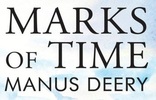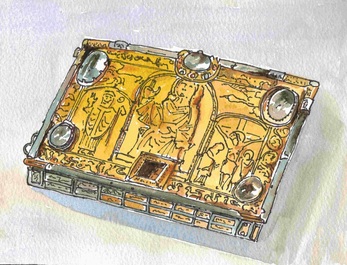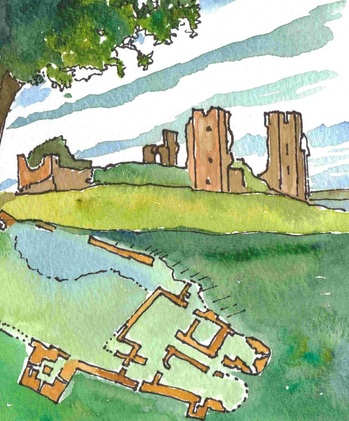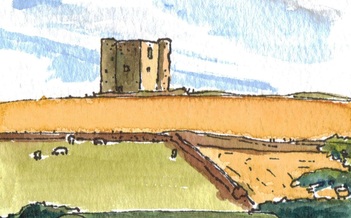the Normans |
|
|
|
|
|
The The ascendancy of the Cenel Eoghain capital of Derry- Columbkille, indeed the whole concept of High Kingship on the island, was dealt a major blow by the coming of the Anglo-Normans to Ireland in 1169. Surprisingly, Derry was never settled by the Normans, but they attacked it in 1197, 1199,1212 and 1213, removing treasures from its churches. The shrine of the Cathach, shown here, is typical of the type. It was made to house the book that St Columbkille was said to have copied and which resulted in his exile to Scotland.
The most visible sign of their presence in the area, the great castle of Northburg at Greencastle, was commenced in1305. This is thought to be based upon Caernarfon in Wales and relied upon high curtain walls for defence. It had a lower ward and higher inner ward which included a timber ‘great hall’. The Normans introduced a new form of defensive architecture: the regular stone tower house or ‘keep’ which replaced many of their initial timber forts. This spawned many imitations in the North West over the next 300 years. There are examples at Elaghmore, Burt, Inch, Buncrana, Ballyliffin, and Culmore (a Victorian folly). Examples are also known to have existed at Derry, Enagh Lough, Dungiven Priory, Limavady, Aganaloo, Dunalong and Lifford. The majority of these buildings were constructed in the fifteenth century |
|
Cathach shrine, c.1090.
Northburg Castle, Greencastle, 1305.
Burt Castle, 1587. |




